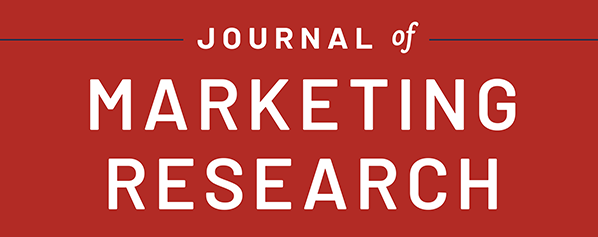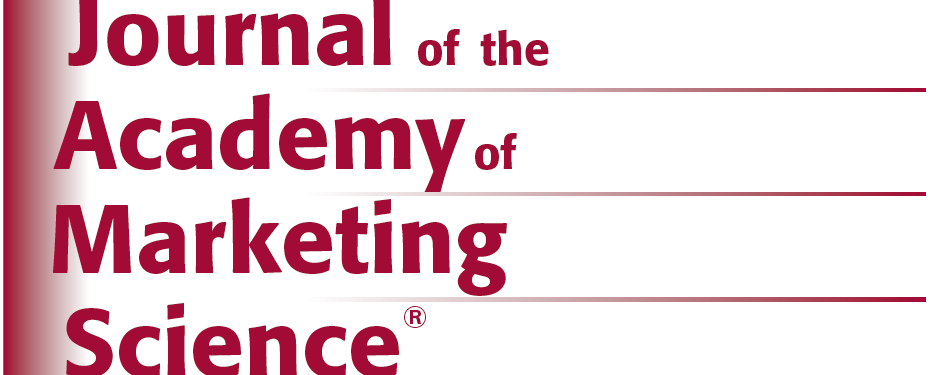Abstract
Anecdotal evidence is mixed regarding whether handheld scanners used in stores increase or decrease consumer sales. This article reports on three field studies, supported by eye-tracking technology and matched sales receipts, as well as two laboratory studies that show that handheld scanner use increases sales, notably through unplanned, healthier, and impulsive purchases. The findings highlight that these effects may be limited by factors such as not having a budget; for those without a budget, use of scanners can decrease sales. Building on embodied cognition and cognitive appraisal theories, the authors predict that scanners, as a bodily extension, influence sales through both cognitive (shelf attention, perceived control) and affective (number of products touched, shopping experience) mechanisms. The results offer implications for retailers considering whether to integrate scanners into their store environments.





